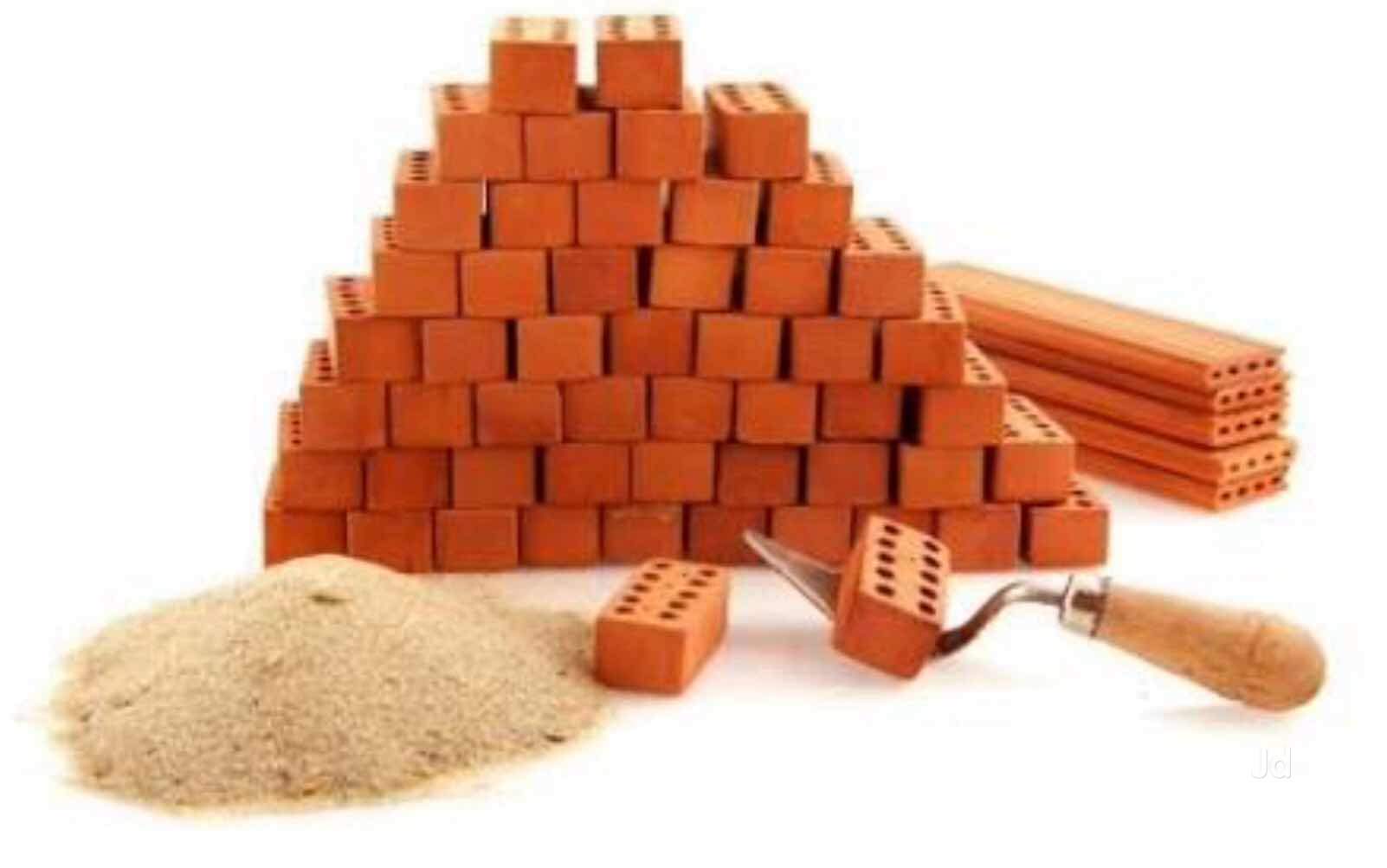In order to increase Nigeria’s gross domestic product and reduce the cost of owning a house in the country, some experts in the built industry have advocated a government white paper that will encourage sourcing of building materials locally.
According Mr. Aralu Okeke, the bane of building construction in the country is the government inability to encourage the manufacture and consumption of Nigeria made building materials. He said that because most government officials have the wherewithal to afford foreign building materials, they don’t care what the poor people suffer to get their own houses.
“The failure of the Federal Government of Nigeria to encourage local content in the country’s construction industry is slowing its growth. The industry, which is a major employer of labour, has been in slow growth due to a combination of factors which the local operators blame mainly on the domination of the industry by foreign firms,”he said.
Another respondent on the issue of local building materials, Mrs. Bimpe Lawumi said that Nigeria can make the best of laws but they don’t know how to implement the laws. This she said always creates vacuum in the supervision channels. The factors that militate against the growth of industry in the country makes Nigeria a dumping ground for all half baked materials.
“These factors also include but not limited to power factor, policy factor and phobic for local goods. Government of Nigeria should in the first place encourage local content as a way of creating jobs to the teeming unemployed youths. If government policies are friendly to all these, then the drive to increase urbanization would have gotten a positive facelift but the reverse has always been the case.
“Despite the lackluster attitudes of government, the rate of urbanization in Nigeria has continued to witness tremendous increase in the last five decades. Census in the early Fifties showed that there were about 56 cities in the country and about 10.6 percent of the total population lived in these cities,”she noted.
This, she said, rose dramatically to 19.1 percent in 1963 and 24.5 percent in 1985. Today, the national population is estimated to be about 197.4 million with the urban population constituting about 60 percent. “The phenomenal rise in population, number and size of our cities over the past few years have manifested in the acute shortage of dwelling units which resulted in overcrowding, high rents, poor urban living conditions, and low infrastructure services and indeed high crime rates.
“These are indicators that there is huge market in the country and that if consumers’ needs are met, the country will be exporting like China. But this is not to be because the taste for the indigenes are not within the country but for things manufactured exotically. This problems are not only in the building materials but also in the sectors especially in the automobile industry,” she concluded.








